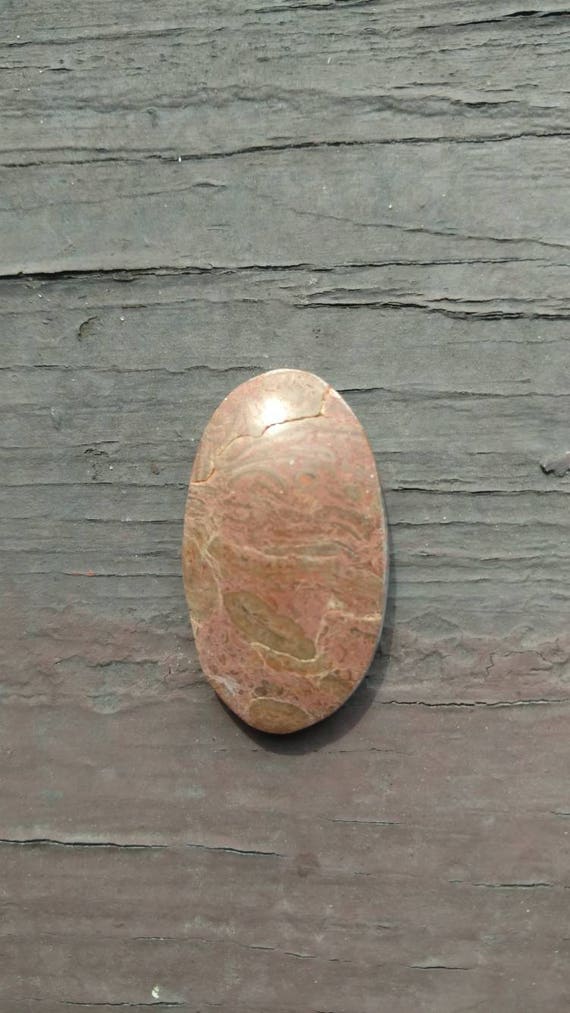So, to start, what makes them all similar? Rocks are generally made up of minerals. Minerals are crystals with an orderly arrangement of atoms. Some rocks are not made up of minerals. For example, coal is made up of plant material, which is not a mineral. No minerals are organic. Chert, flint, jasper and agate are all made up of micro-crystalline, poly-crystalline quartz, a mineral composed of silica and oxygen.
Chert and flint are the most similar. They really are essentially the same thing. Chert is the variety that most often forms in nodules in limestone. The formation of chert in limestone is thought to be a result of sponges (the marine animals). Sponges make their shells out of tiny spicules of silica. When they die, this silica absorbs into the water. Most other animals in the shallow marine environment, including corals and clams, use calcite to make their shells. The calcite gets recrystallized into limestone. The silica from the sponges globs together and forms nodules in the limestone. If you work in limestone, or in caves, this is often called "trash rock" because it is not the main rock that makes the limestone. Chert is also found in banded iron formations, which are layers of the iron mineral hematite and chert. Banded iron formations formed during the Precambrian, more than 500 million years ago. It is thought that the alternating bands of hematite and chert represent seasonal changes. During the dry season, chert crystallized out of the water and precipitated to the bottom of the oceans. Sponges are some of the oldest animals on Earth and it is possible that this chert is remnants of these sponges, which were living in the ocean when no calcite-forming animals were around. Up on land, things were much different. There were no plants or animals on land during this time, the land was barren and weathering. During rainy seasons, iron-rich weathered rock would get washed into the ocean as hematite-rich sands, depositing a layer. This would alternate each season, with a layer of chert then a layer of hematite. After the Precambrian, with the onset of the Cambrian, there was an explosion of new life, particularly, this was the first occurrence of animals with hard parts, shells made of calcite. This put an end to banded iron formations.
So, long story short, chert is generally made from tiny pieces of sponge. So what about flint? Well, flint is exactly the same thing as chert, but it is usually restricted to the variety found in chalk or marl (marl is chalk with mud in it, chalk is very fine grained limestone - so many subtle variations!). Some famous flint includes the Flint Hills in Kansas and the Ohio Flint Ridge.
So, what about jasper and agate? These are also varieties of micro-crystalline,crypto-crystalline quartz, but they form by the replacement of other minerals with the quartz. The main difference between jasper and agate is that agate is banded and jasper is not. Jasper will replace grains of minerals in rock very slowly over time. Petrified wood is a variety of jasper where the wood grains have been completely replaced with silica, or petrified. There are many other types of jasper as well. One of the neat things about jasper is that the replacement process usually creates great color patterns in the rock, such as seen in Owyhee Picture Jasper. You will find that many of these jaspers are very similar! That is a topic for another post. Some rocks are mistakenly called jasper. One example of this is Rainforest Jasper, which is really rhyolite, a type of volcanic ash.
 |
| Picture jasper with antiqued copper tree of life |
 |
| Owyhee Picture Jasper Slab |
 |
| Brecciated Rhyolite (Jasper) |
 |
| Birdseye Rhyolite (Jasper) Cab |
Agate is generally banded and forms as the grains of quartz crystallize out around a rim or precipitate out in cavities. Crazy lace agate is an example of an agate that forms in cavities and creates nodules that have to be cut open to reveal their beauty. Moss agate forms from the crystallization of minerals in a mossy pattern within a background mineral. Again, some rocks are misnamed, like Turitella Agate, which is actually not Turitella and is really a jasper.
 |
| Moss Agate Pendant at Clidastes Stones |
 |
| Montana Moss Agate |
 |
| Turitella Agate |
Some examples of jasper include Bigg's Picture Jasper, Deschutes Picture Jasper, Fantasy Jasper, Kambaba Jasper, Leopardskin Jasper, Mary Ellen Jasper, Ocean Jasper, Owyhee Picture Jasper.
Some examples of agate include Black Plume/Medicine Bow Agate, Montana Moss Agate, and many more!
By Dr. Janet Bertog, Professor of Geology, Northern Kentucky University
Owner of Ruby Mountain5 Rocks lapidary material
Owner of Clidastes Stones, specializing in unique and rare gemstone jewelry and home decor

No comments:
Post a Comment